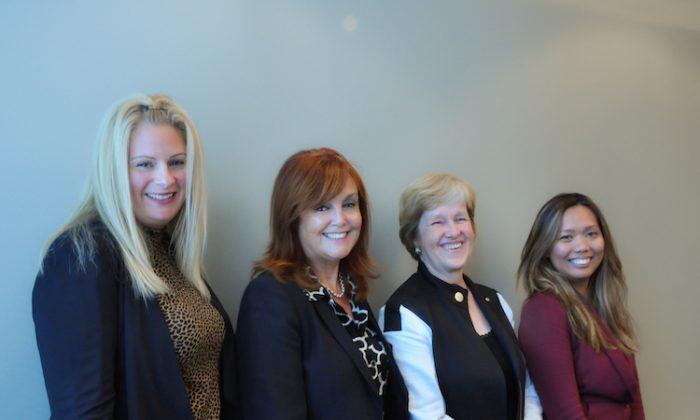Toronto—Debbie Cosic is the president of In2ition Realty, an international real estate sales and marketing company that handles land acquisition, product design, sales, and property management for new homes and condos.
Cosic witnessed the effects of the 2012 mortgage restrictions on pre-construction sales, and is glad to see that alternatives have sprung up over the past year and a half.
“We’ve been forced to be innovative, to find and implement original ways of financing purchases,” she said. “For us, the mortgage restrictions not only took many investors out of the market, it also affected first-time buyers negatively.”
The tightening of the lending guidelines presented particular difficulty during the sales process for pre-construction condos.
“At occupancy, we found that buyers who had initially been qualified and had a mortgage commitment in place were met with a demand for higher deposits by the banks. This created hardships for some of our buyers who had to scramble to obtain further funds,” Cosic said.
Slowing Canadian investor activity caused In2ition to open an office in Hong Kong courting Asian buyers interested in the GTA condo market. Canada is considered a primary investor market for international buyers.
Mortgage brokerages like Inspired Mortgage Management Solutions (IMMS) recognized a need in the industry to provide purchasers with additional financial support. Not only does IMMS help buyers access alternate funding sources like credit unions, monoline lenders, and private mortgage investments, their specialized brokerage assists developers by monitoring long-term purchaser eligibility. This offering is especially useful for pre-construction condo projects that don’t close for two to three years after sales start.
After the changes of summer 2012, Cosic saw some banks limiting the number of first-time homebuyers eligible for the CMHC-insured 5 percent deposit program per condo development.
“The federal government has created their own quagmire,” said Cosic. She notes that these restrictions have forced some potential condo buyers into the low-rise market further outside the GTA, where deposits are usually 10 percent of the purchase price versus the 20-25 percent needed in the condo market.
”Many of our low-rise projects farther out of the city are selling very well. Wherever we have opened, the sales have been rapid due to the demand and the financial advantages,” Cosic said.
It seems that the province’s intention is to curb sprawl, reduce commuting, and save our tax dollars by making good use of existing infrastructure by encouraging intensification. However, the federal government’s mortgage rules are only making it easier to buy further out of the urban core.
“Many of our consumers want to live in the core of the city, but they can’t afford it,” said Cosic.
“Why can’t a young couple, both earning $35-$40K with a combined income of $70-$80K, afford a home?” she asks. “Why can’t the government offer a rent-to-own program that is easily accessible for developers to tap into?”
Cosic thinks countries like Singapore could be a source of inspiration.
Singapore is an island with land supply issues that make Toronto’s look rather trivial. Around 80 percent of Singaporeans live in Home Ownership flats (we’d call these condos). The government there offers considerable grants, the highest being in the C$48,000 range for a couple with kids, in order to support affordable home ownership.
Programs that support affordable home ownership are a hand up not a handout.
Non-profit lenders like Trillium Housing are offering homebuyers an interest-free second mortgage in order to reduce their monthly mortgage costs and avoid costly CMHC insurance. Trillium’s system uses “shared-appreciation”—the mortgage amount appreciates at the rate of the home and is repaid only when the home is sold.
This system allows people with modest incomes to build equity in their homes. So far Trillium and programs like it receive little or no funding from any level of government.




